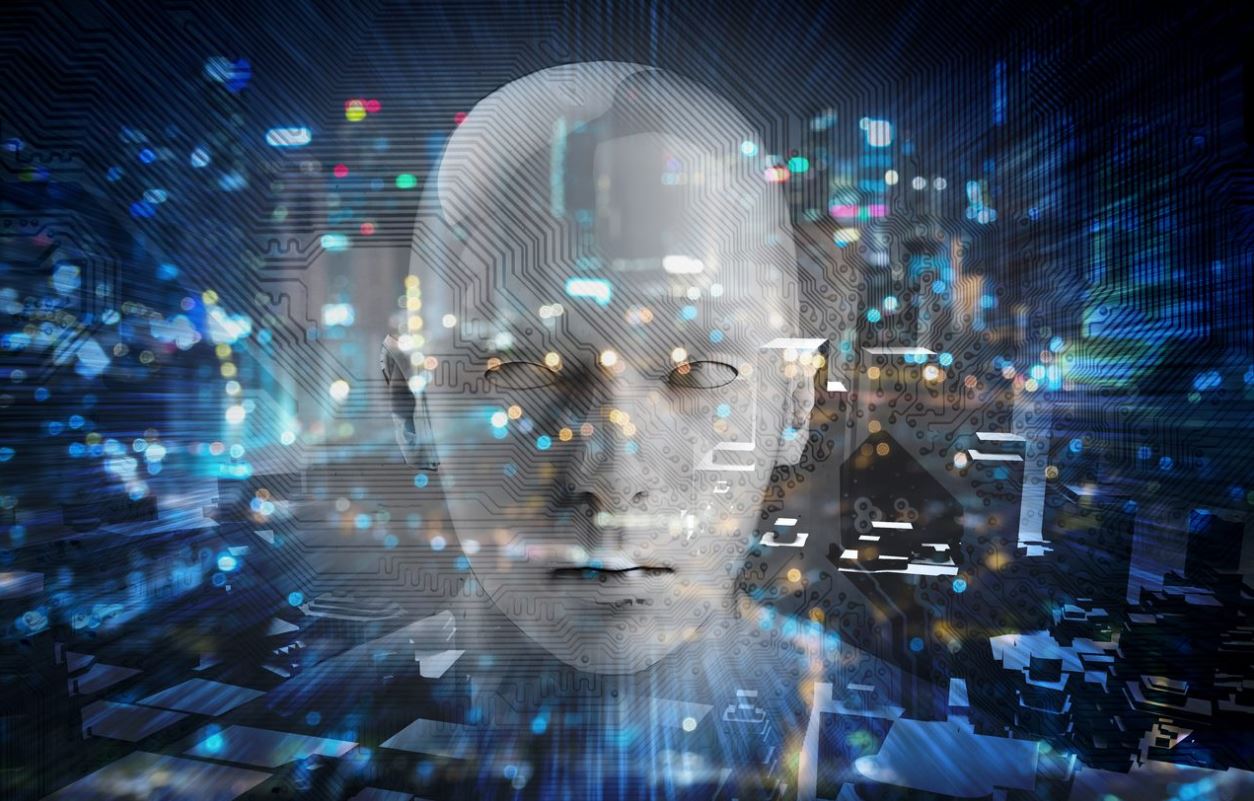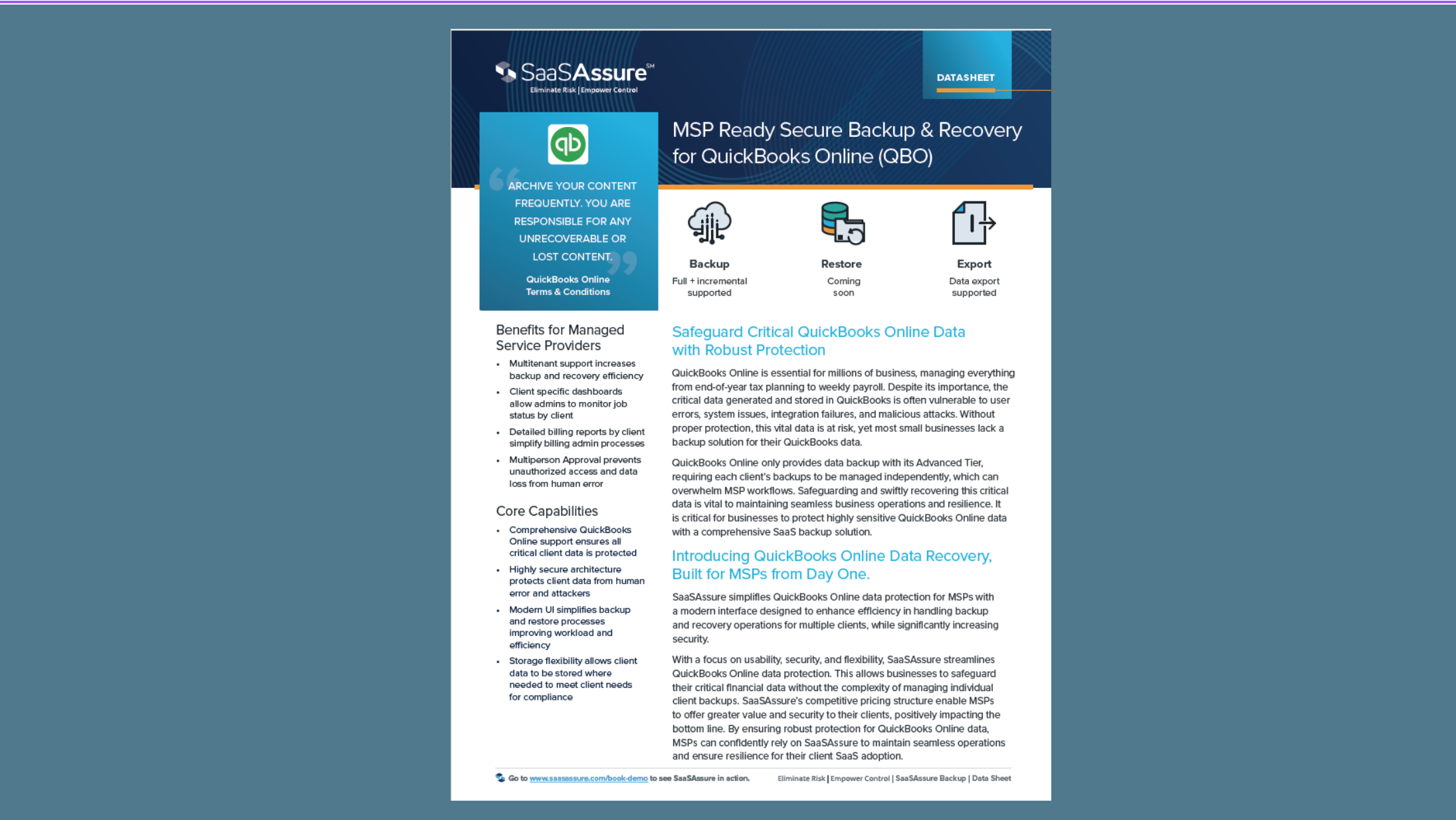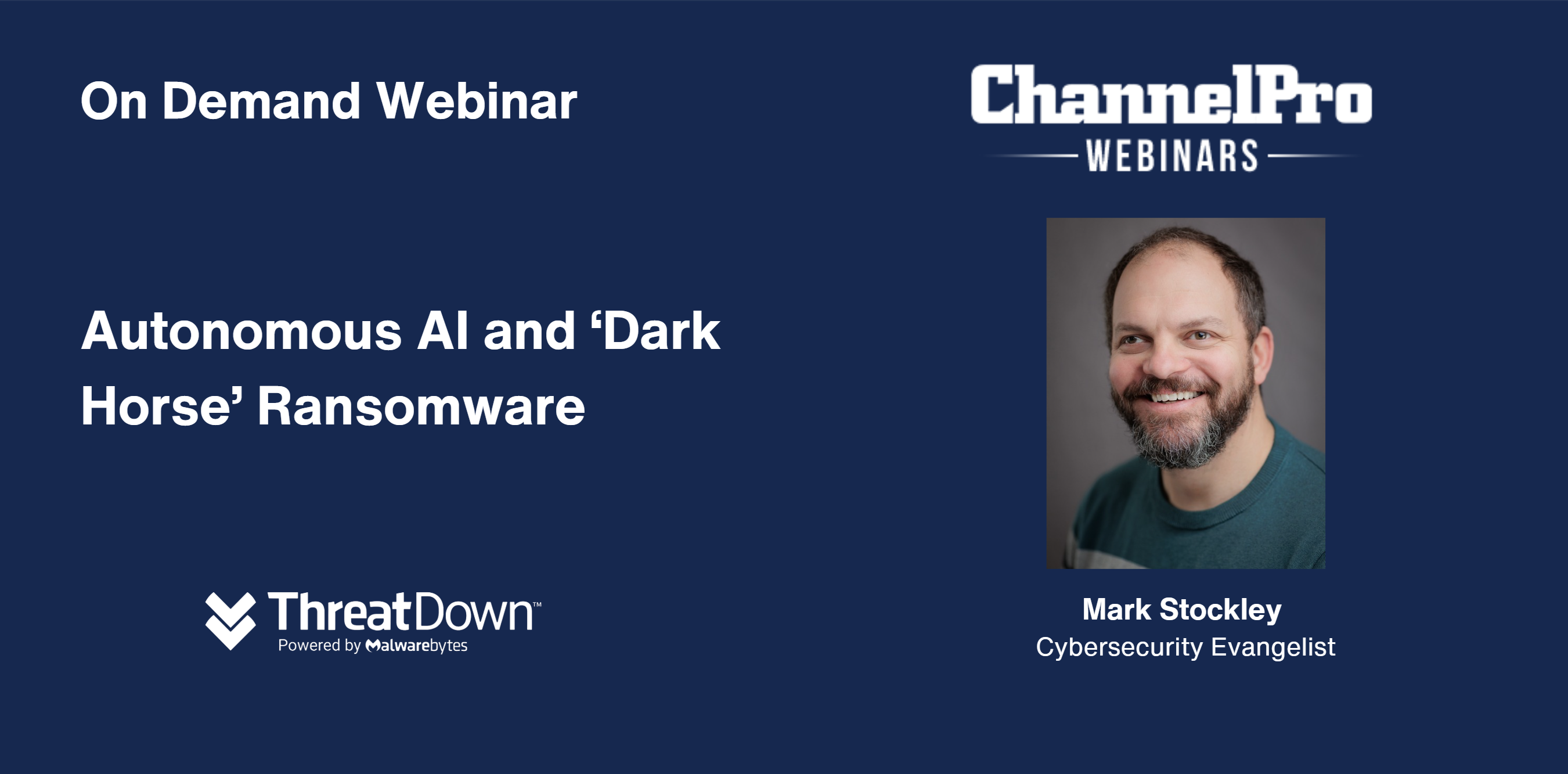THE MORE IOT DEVICES you install, the more data you collect. More isn’t always better, however, unless you can turn that data into action items. Indeed, one of the biggest challenges for the industrial Internet of Things (IIoT) is the mishandling of data, according to Shelly Kramer, senior analyst and partner at Futurum Research. “”The key to success is to collect the massive amount of data, analyze it, and then make smart decisions based on the information it provides.”
Luckily, artificial intelligence tools that do just that are getting easier to use and more accessible. It could be the perfect marriage—and a new source of revenue for integrators.
“AI magnifies the benefits of IoT by several orders of magnitude,” says Benson Chan, senior partner at analyst firm Strategy of Things. “With the basic set of data collected, an AI algorithm can identify certain patterns,” he explains. A timely example is inexpensive sensors that monitor people by tracking their smartphones. An AI algorithm can identify where too many people are gathering to maintain social distancing guidelines during the current coronavirus pandemic.
Another example is a video camera that monitors face mask compliance. “The AI algorithms monitor continuously, detect violations, report on it, and take corrective actions such as sending warnings to digital signage in the area,” Chan says.
That’s an example of what Kramer calls “intelligent process automation.”” AI makes the processes not only faster, but more accurate over time.
For channel pros who want to add AI to their IoT projects, there are several routes. “Many of these AI software, tools, and frameworks are available as open source for developers to incorporate,”” Chan says. Examples include Google’s TensorFlow, Amazon’s SageMaker, the Neo platform, and Microsoft’s Cognitive Toolkit.
In addition, low-code or no-code programming AI options have made big advances in the last couple of years, says Kramer.
Bear in mind, though, that the success of any AI-based IoT application rests on how well the algorithms are trained. “An analogy is like raising kids,”” Chan says. “”The better the upbringing and life learning experiences, the better they can make decisions as adults.”
If you’d rather not DIY, Chan says many new IoT solutions are coming into the marketplace today that incorporate AI. “However, the role of the integrator will likely change in a number of ways,” he notes.
For instance, not all AI solutions work out of the box. Those systems need training and optimization. The mask-tracking app, as an example, may be 80% accurate at the start. Integrators may add extra lighting for better video, and help the company collect internal training data to improve accuracy.
Partnering is an option too. “”Pega, IBM, Automation Anywhere, UiPath, SAP, Microsoft—all these companies have solutions your customers need,”” Kramer says. Leveraging companies like those and realizing that they don’t have to reinvent the wheel can help channel pros add AI to their IoT projects more easily.
Integrators need to “think like a marketer but be a solution provider,” Kramer adds. Understand your customer’s challenges and learn the tech that will help them be efficient, profitable, and thrive.
For his part, Chan has three suggestions. “Offer IoT solutions that incorporate AI as part of the overall solution. The next step is offering analytics platforms and services that incorporate AI to process data collected by IoT devices and sensors to create outcomes.” Finally, he says, add services to support your customer’s AI needs, like data cleansing, normalization, and tools to prepare IoT data for the AI platform in use. That makes training the algorithm easier and leads to efficiencies, faster responses, and operational use.
Kramer is confident integrators can embrace the AI-IoT marriage. “Learning new technology and taking it to clients is what integrators have been doing forever.”
Image: iStock















